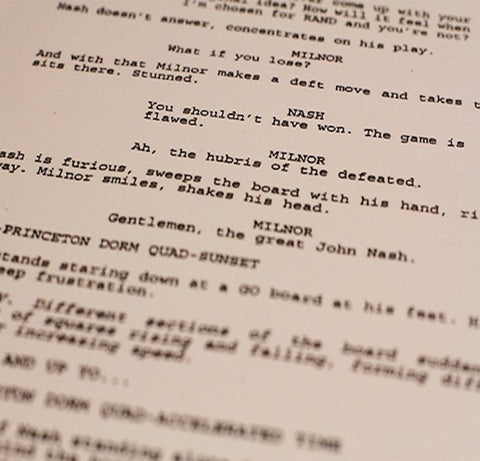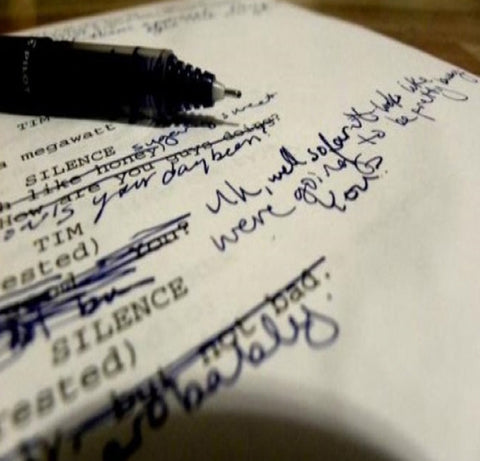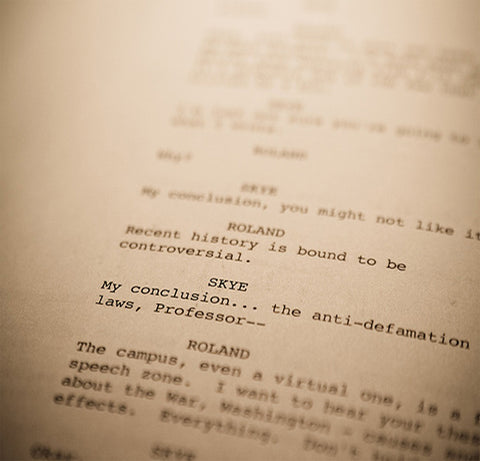
Story Structure
Today I want to talk about structure. If you are a writer, you will inevitably talk or be asked about the structure of your film. When I first started writing, I remember thinking, “What does it mean for a story to have good or bad structure?”. You can’t Google, “story-structure”, and learn how to write your story in the right way, so how do you crack the code? This article will hopefully offer some insight into what it means to have a well-structured script, but I want to do it from a birds-eye view instead of analyzing every “beat” a story should have to satisfy the cookie-cutter formula that most writers reject and don’t want to stick to anyway.
Let’s simplify things:
In my opinion, the best way to think about structure is in terms of goal and obstacle. I subscribe to the Aaron Sorkin way of thinking here, which is predicated on the idea that your protagonist has a: want, need or grand passion… and something is in the way of them getting it or doing it. That’s it. Everything is built on that. The entire structure of your story is a dependent on that fundamental principle.
To be clearer, it means in Act One you set-up what the main character wants, (what’s his or her goal). In Act Two you give him/her constant obstacles in the way of that goal, and in Act Three you satisfy that need – preferably in a way the reader/audience wasn’t expecting that has also changed the protagonist in some way. BOOM. Structure.
Let’s look at a specific movie to explore this more:
THE SHAWSHANK REDEMPTION: is about a prisoner, Andy Dufresne, who was wrongly accused of murdering his wife; and his decades-long journey of breaking out of Shawshank Prison, to one day be free.
Goal: Andy wants to be free.
Obstacles: He is stuck in prison. No one ever escapes. A group of inmates’ rape and abuse him. The Warden makes Andy lie, cheat and steal. He gets put in solitary confinement. A fellow prisoner who knows Andy is innocent, is shot and killed to prevent Andy’s release. To escape, Andy needs to dig a hole in the wall of his cell and eventually crawl through a 500-yard septic pipe, to earn his freedom.
Andy’s goal is set up in the first Act, and almost ALL of Act Two is spent adding complications and more obstacles in the way of his freedom.
If you are struggling with structure, and asking yourself if your script is well-structured, I would urge you to look at it through the lens of “goal and obstacle”. Most scripts that aren’t well structured suffer from an ill-defined goal, too few-obstacles, obstacles that are too easy to overcome, or obstacles that don’t “raise the stakes” as the story progresses.
Does your script maintain a clear goal for your protagonist, a plethora of obstacles for him/her, and a satisfying resolution?
Comment below if you have more ideas of what makes a story well-structured.




